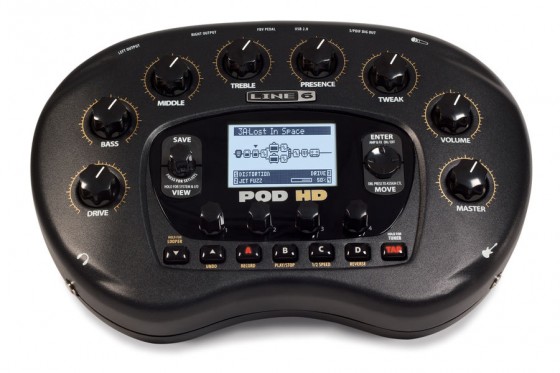On Sunday, June 24th, I went to see the Lionel Loueke Trio at the Stanford Jazz Festival.
Have you ever had the experience of missing out on an admirable musician for a while, not because you had not heard them or were unaware of them, but because for some reason you weren’t really hearing them?
That’s what happened to me with Lionel Loueke. I’ve known about him for a while. I read about him. I have the Herbie Hancock CDs that he appears on. He also plays on this CD from drummer George Mel that I have. A year or so ago I heard his Blue Note release Karibu, which I listened to once. I saw a couple of YouTube videos.
But, somehow I didn’t quite get him at first.
Then earlier this year, when I went on my Gretchen Parlato binge, I discovered that Loueke played, sang and wrote some material on her first CD, and played and sang on her second one too. Hearing him this time I thought, “hmmm, this guy’s really pretty good. Maybe I should give him another chance.” When I saw he was going to be at Stanford I figured, “Victoria likes that African stuff, she’ll probably enjoy it,” so I bought a pair of tickets.
Well, you can probably guess the rest. As you would imagine from someone that knocked the socks of Herbie Hancock* and Wayne Shorter, the guy is awesome. Poised, gracious, totally comfortable, gifted with an incredible harmonic sense ala Jim Hall or Wayne Krantz, and with those deep West African rhythms and interlocking lines infused in him from birth (he grew up in Benin), a dash of Brazilian flavor ala Baden Powell, and an advanced and modern jazz improv sensibility that is veers deftly into and out of the abstract, he’s got something different than anyone else, and it is… just wow.
He has been mostly playing nylon-string electrics, but that Sunday night he had a beautiful Paul Reed Smith solidbody. He plays finger-style, sometimes very staccato, and in one solo piece he actually put a strip of paper between the string near the bridge and created a remarkable emulation of a kalimba. He uses effects, pretty subtle for the most part, some delay and some phasery stuff on some of the staccato to give it a little bit more of a snap.
He also sings, quite beautifully, and virtually the entire time he used a floor vocal processor, one of those TC Helicon boxes, I think, to generate harmonies. In addition to singing, he used his voice as a mouth percussion instrument, delivering clicks, hisses, exhalations and pops, as well as sometimes scatting along with his guitar improv.
On top of that he writes great stuff…
Sadly, they moved the show to the smaller theater next door to the Dinkelspiel because they couldn’t sell enough tickets to fill the ~750-seat space. There were maybe 120 people present… amazing that a guy of his creds can come to a supposed major metropolitan area known (rightly or wrongly) as a savvy cultural center and not sell 750 tickets. Alas, you are all too aware if that kind of thing… sad, sad, sad… (Last year even Milton Nacscimento didn’t sell out that space for two nights.)
From Loueke’s bio on Wikipedia:
Loueke got his first professional job by accident, when a club manager heard him playing a guitar he had grabbed off the bandstand during a break and offered him work. He played African pop music, but discovered jazz when a friend returned from Paris with a copy of an album by jazz guitarist George Benson. This inspired Loueke to study jazz in Paris. He then won a scholarship to study at the Berklee College of Music in Boston. In 2001, Loueke auditioned for the Thelonious Monk Institute of Jazz at the University of Southern California. He was selected in a worldwide search by a panel of judges including jazz musicians Herbie Hancock, Terence Blanchard and Wayne Shorter. He attended the Thelonious Monk Institute of Jazz until 2003.
* Herbie Hancock said, when recalling the moment he first heard Loueke’s audition tape, “I flipped. I’d never heard any guitar player play anything close to what I was hearing from him. There was no territory that was forbidden, and he was fearless!”


